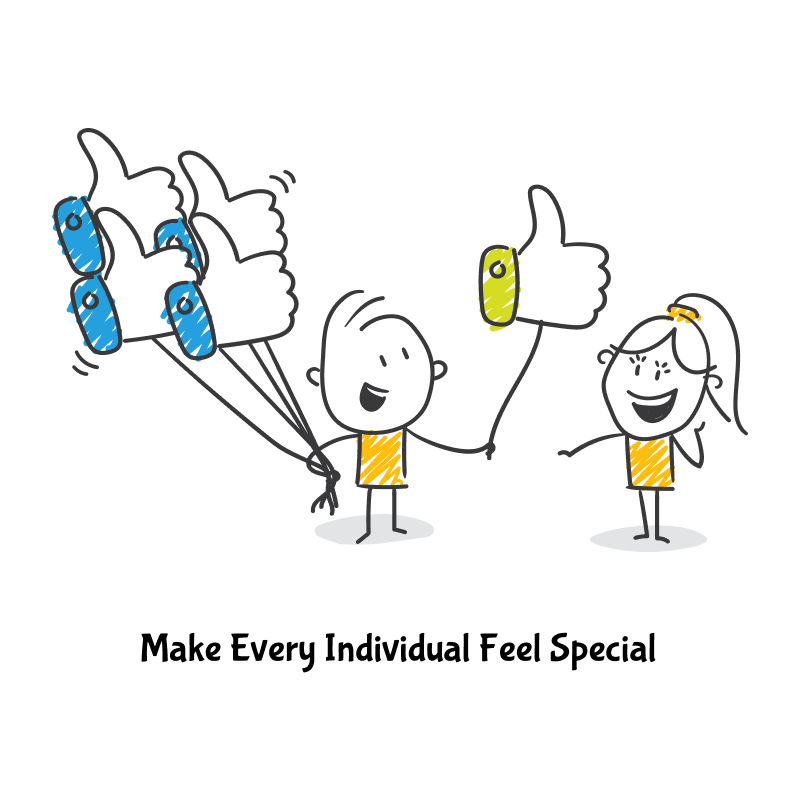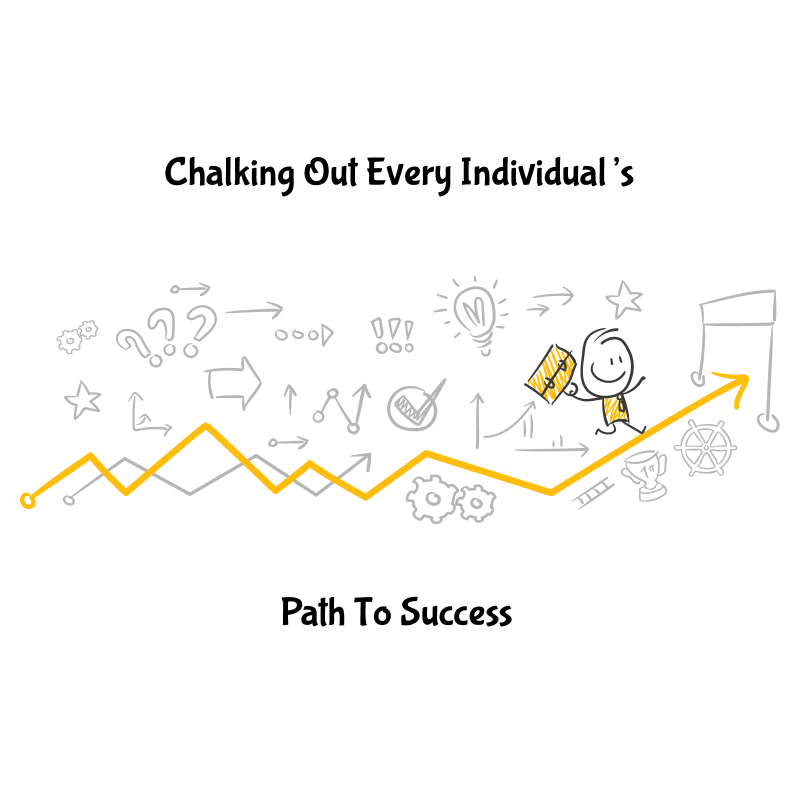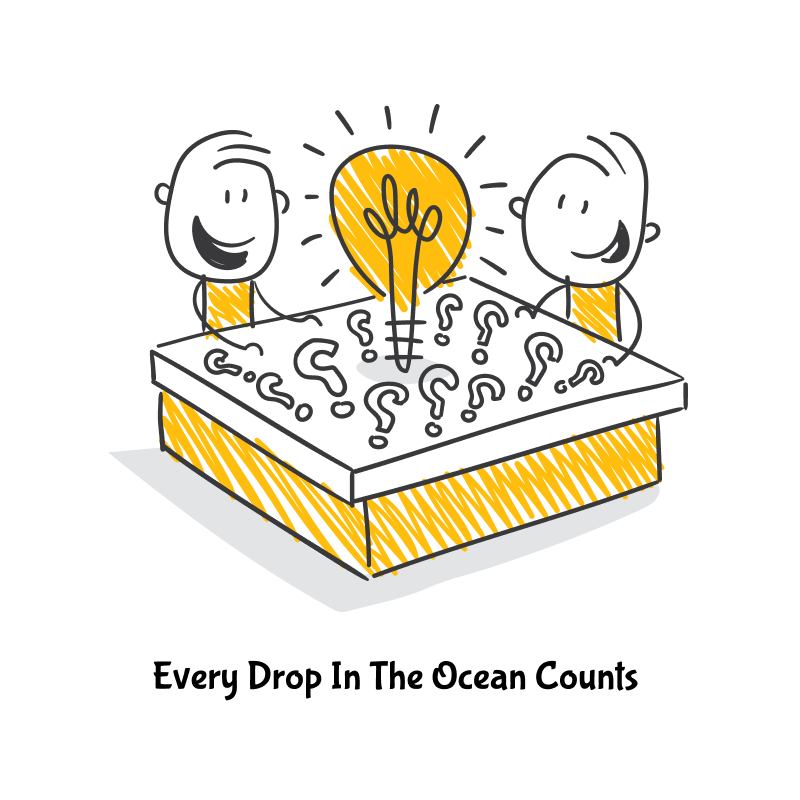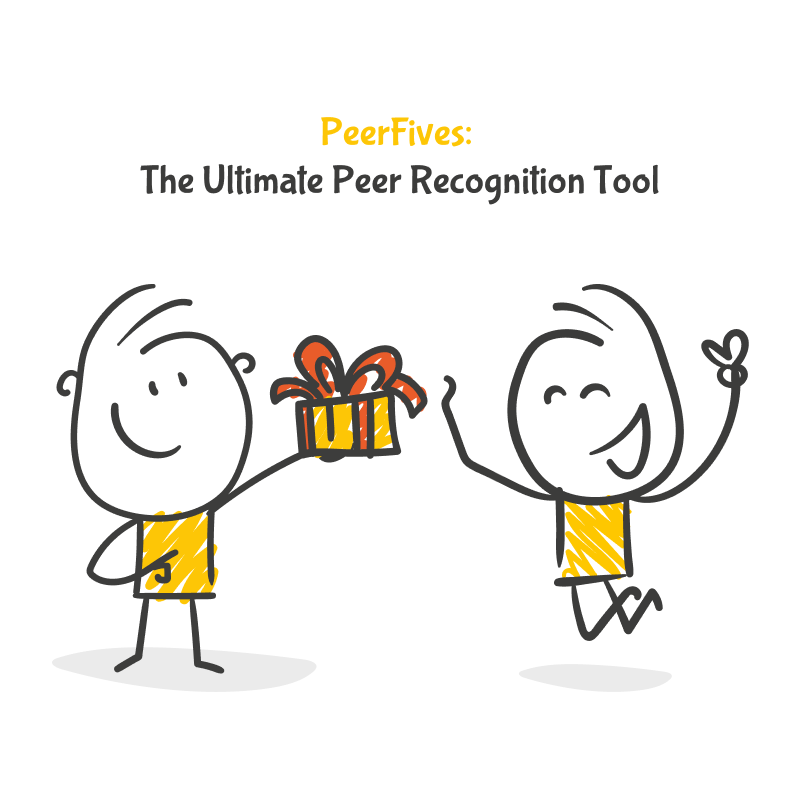Motivation, Productivity, Recognition
7 secrets organizations use to create a positive work environment

“If you want to keep your customers happy, start by keeping your employees happy.”
The principle behind this is rather quite straightforward. Employees are often subject to pressure at their workplace, and this hampers their ability to be at their productive best. Needless to say, this negatively impacts the organization, and the desired results are not obtained.
Instead, when employees are provided a positive work environment, they are happier, creative, dedicated, and above all, they are loyal to their organization.
Studies show that:
53% of Americans are unhappy at work.
58% of employees are more like to trust a stranger over their boss.
79% of employees worldwide suffer from mild, moderate, or severe workplace burnout, which decreases productivity.
21% increase in company profits is recorded when employees are more engaged actively.
These statistics highlight the importance of having a positive work environment. Through this blog, PeerFives shares the secrets used by most major organizations from across the globe to create a positive work environment.
Add a personalized touch to your interactions:
To create a positive work environment, it is imperative that you have a work culture that encourages employees to interact with each other informally.
 While boundaries and personal space of an employee must always be respected, addressing each other on a first name basis, greeting each other, checking on one another, offering help, and passing the occasional work-related compliment does drive up motivation and adds a personal touch that makes every employee feel wanted at the organization.
While boundaries and personal space of an employee must always be respected, addressing each other on a first name basis, greeting each other, checking on one another, offering help, and passing the occasional work-related compliment does drive up motivation and adds a personal touch that makes every employee feel wanted at the organization.
Promote Work-Life Balance:
After the pandemic, a major change has been noticed in the way employees approach their work life. Most individuals have realized that having a goal and working towards it is undoubtedly important but achieving the goal must not involve neglecting their overall wellbeing.
 Therefore, organizations must focus on promoting work-life balance in order to keep their employees happy and in the best possible shape, both mentally and physically. In order to do this, organizations can offer a remote working policy for certain positions; flexible working hours are another option, and having no caps on vacation days will be the icing on the cake.
Therefore, organizations must focus on promoting work-life balance in order to keep their employees happy and in the best possible shape, both mentally and physically. In order to do this, organizations can offer a remote working policy for certain positions; flexible working hours are another option, and having no caps on vacation days will be the icing on the cake.
Furthermore, medium to large-scale organizations must try and employ a full-time counselor/therapist and focus on health and wellness programs for all their employees. Offering childcare programs is an added bonus as well.
Wellness Initiatives:
 In addition to the point made above, it is evident that any modern-day employee gives due attention to their holistic well-being. Organizations must make the most of opportunities by incentivizing the well-being of self-motivated employees. A few such initiatives include promoting:
In addition to the point made above, it is evident that any modern-day employee gives due attention to their holistic well-being. Organizations must make the most of opportunities by incentivizing the well-being of self-motivated employees. A few such initiatives include promoting:
- Riding a Bicycle to work
- Providing an in-house gym/ membership to a nearby gym
- Offering healthy meals at the cafeteria/ vouchers to health-focused dining options around.
- Regularly conduct mediation sessions.
All of these, and ideas related to the above, will help employees be the best version of themselves in both their personal and professional lives, enabling them to give optimal results while clearly communicating to them that their well-being is valued.
Individual Development Plan:
There is a massive need for an individual development plan to be created for every employee part of the organization. Those organizations that focus on IDPs are known to achieve the best results.

An IDP is nothing but a detailed plan crafted for every employee, enlisting all the personal and professional goals they wish to/must achieve. These could be short-term goals or even long-term ones. Sometimes even personal goals where managers have no direct hand in helping can be listed here so that employees can be counseled about how best they can achieve these goals.
Individual Development Plans are known to yield long-term benefits for any organization. This helps to convey to an employee that the organization is truly invested in their overall well-being, working mutually to achieve individual as well as collective goals.
Meaningful Work:
Every employee is eager to contribute to their organization in the best way possible. However, to create a positive work environment, there is the need to create an environment where every employee believes that they are a vital cog in the machinery.

Each individual must firmly believe that their contribution helps things work smoothly and that they are doing work that isn’t just essential/important but is also fulfilling for themselves.
So whether it is writing code that has the potential to change a user’s life or organizing a charity drive at the office, assign work and tasks that employees believe to be meaningful.
Fun Activities:
Any work environment that involves the employees having fun while working will be a positive work environment. Certainly enough, an organization cannot have all play and no work or vice versa, but there is the need to include fun activities into the employees’ schedule to blow off some steam.

Team bonding dinners or lunches are essential, but they do not offer an opportunity for the employees to go wild and indulge in some friendly competition. Heading to an amusement park, playing sports together, and going for a trek are some ideas that will help the team bond together, share a few laughs and learn about each other’s strengths and weaknesses which would otherwise not be seen working behind a desk.
Recognition and Rewards:
All organizations across the globe recognize good work by employees and perhaps even reward them in some way or the other. Thereby making this the worst guarded secret by organizations to create a positive work environment.

Yet, somehow, organizations are unable to replicate the success achieved by organizations using recognition and rewards. This is quite simply because it isn’t executed in the right manner. Compliments given verbally are great, but they are soon forgotten, and rewards, if not meaningful, do not give employees the motivation to continue working well and earning more of them.
Those organizations that wish to recognize and reward their employee and even encourage them to commend good work by their peers must empower them with the required tools to do so. If you are looking for something simple, it is recommended that you choose PeerFives.
PeerFives is a comprehensive peer recognition tool that enables peers to recognize good work done by each other and share their praise in public via team collaboration software such as Slack and Microsoft Teams. Additionally, points can be awarded to peers as a token of appreciation, and these can later be redeemed in exchange for vouchers from some of the most loved brands from across the globe via an exclusive marketplace.
To sum it up, organizations don’t really have secrets to creating a positive work environment; they just get the basics right and implement ideas well. To help you do the same, we offer your PeerFives. Get started with a FREE 30-day trial now.

